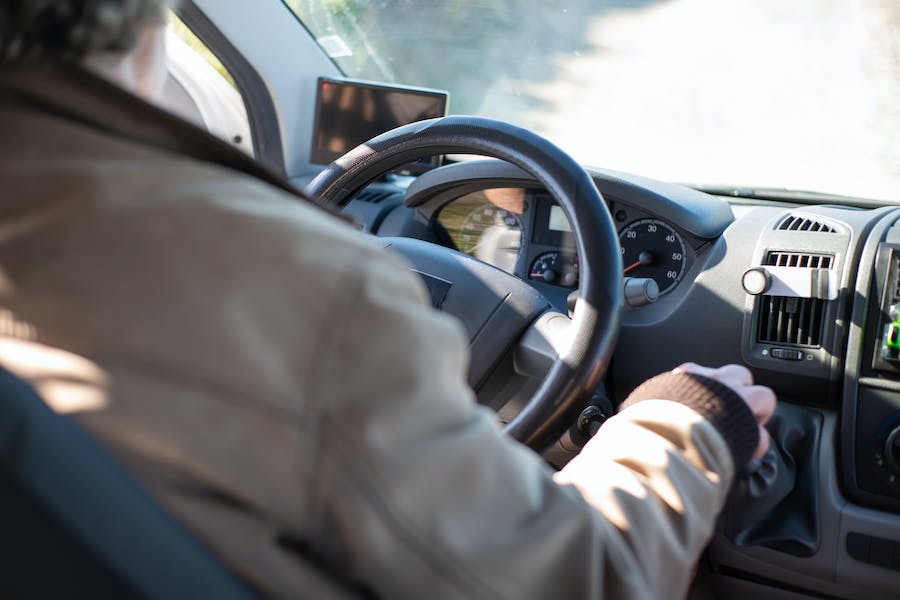
Car safety has come far from its nascent stages of simple seatbelts and manual brakes. The invention of airbags, anti-lock braking systems (ABS), and electronic stability control (ESC) marked significant milestones in the evolution of car safety. Yet, these advancements are merely the preamble to the wave of change that Artificial Intelligence (AI) is bringing to the automotive industry. AI’s emergence rapidly transforms car safety, drawing us closer to a future where smart technology and sophisticated algorithms minimize human error, optimize vehicle performance, and reduce disabling injuries. This document will shed light on this compelling topic, diving deep into the role of AI in shaping the future of car safety and exploring how this innovative technology will redefine our driving experiences.
Understanding AI in Car Safety
Artificial Intelligence, or AI, refers to the simulation of human intelligence in machines, programmed to think like humans and mimic their actions. In the context of automotive technology, AI has revolutionized the way we perceive vehicle safety. It began modestly in the 1980s, with the advent of simple voice recognition systems, and has gradually evolved to include more complex and intelligent features designed to predict and prevent potential accidents.
Current AI-Driven Safety Features
Today, AI forms the backbone of numerous car safety features. Autonomous Emergency Braking (AEB), for instance, uses sensors and cameras to detect potential collision threats. If a threat is identified and the driver fails to respond, the system applies the brakes automatically. Another example is Adaptive Cruise Control (ACC), which maintains a steady speed set by the driver and adjusts the speed to maintain a safe distance from the vehicle in front. On the other hand, lane-keeping assistance uses a series of sensors to detect lane markings and alert the driver or automatically steer the vehicle back into the lane if a departure is detected.
Case studies have proven the effectiveness of these AI-based systems. For instance, a 2018 report by the Insurance Institute for Highway Safety (IIHS) found that AEB reduced rear-end crashes by about 50%. Similarly, a Euro NCAP and Australasian NCAP study concluded that ACC can potentially reduce fatal accidents by up to 45%. Such statistics underscore the invaluable role of AI in enhancing car safety and the exciting potential it promises for our future roads.
The Impact of AI on Driver Behavior and Road Safety
AI’s profound impact on road safety is reflected in the declining rates of accidents and fatalities. According to a report by McKinsey & Company, the wide-scale adoption of AI in the automotive sector could reduce road accidents by up to 90%. This dramatic improvement can be attributed to how AI influences driver behavior and decision-making. AI-powered systems, such as Driver Monitoring Systems (DMS) and Advanced Driver Assistance Systems (ADAS), encourage safer driving habits by alerting drivers of their drowsiness or distraction levels. They also aid in complex situations like night driving, poor weather conditions, and heavy traffic scenarios. Consequently, drivers become more alert, responsive, and capable of preventing potential mishaps.
Challenges and Limitations
Despite the impressive advancements, the journey to fully autonomous vehicles has its share of challenges. Among the primary concerns are the ethical dilemmas posed by AI decision-making in critical situations. Additionally, technical limitations such as accuracy in perception and decision-making under complex traffic situations require significant development. Moreover, the costs associated with these sophisticated systems can be prohibitive, restricting their widespread application. Data privacy and security also present substantial challenges. As vehicles become more connected, the risk of data breaches and cyber-attacks increases, raising questions about user data’s safe and secure handling. These challenges necessitate rigorous research, robust legal frameworks, and advanced technology development to ensure the full potential of AI in car safety can be realized while mitigating associated risks.
Future Trends and Innovations in AI Car Safety
Looking into the future, AI technology continues redefining the limits of what is possible in car safety, speeding towards a horizon of possibilities that were once confined to science fiction. One such innovation is fully autonomous vehicles or self-driving cars. These marvels of modern technology are poised to revolutionize car safety, leveraging AI to conduct complex tasks – from navigating traffic and interpreting street signs to making split-second decisions in the event of sudden obstacles. According to a study by the Rand Corporation, the widespread adoption of self-driving cars could save up to 1.2 million lives lost every year due to road accidents.
AI integration with smart city infrastructure is another significant trend on the horizon. Imagine a city where vehicles communicate with each other and traffic infrastructure, synchronizing movements to optimize flow and reduce collisions. Vehicle-to-Everything (V2X) communication technology brings this future closer to reality. Using AI, V2X technology allows vehicles to interact with their surroundings and share information, vastly improving situational awareness and safety.
Research by McKinsey predicts that by 2030, AI-powered V2X communication could reduce urban travel times by 15%, dramatically decreasing accidents and traffic-related fatalities. Furthermore, insights from Gartner indicate that by the same year, AI and Machine Learning will form the foundation of all automotive manufacturing activities in developed countries, highlighting the significant role AI will play in shaping the future of car safety.
The future of AI in car safety is indeed promising. However, its realization depends on our ability to successfully navigate the challenges ahead, shaping a future where technology and safety go hand in hand, making our roads more secure for everyone.
The Role of Regulation and Policy in AI Car Safety
Governments and international regulatory bodies play a pivotal role in shaping the implementation of AI in car safety. This involves a delicate balance between fostering innovation and ensuring safety and security. Policies and regulations are needed to provide a clear framework for developing, testing, and deploying AI-driven car safety features. For example, regulations may dictate how data is collected and used, how AI systems should respond in critical situations, and the standards for testing autonomous vehicles. These guidelines not only ensure the responsible use of AI in car safety but also instill public confidence in these technologies.
Moreover, they help address pressing concerns about ethics, privacy, and security. However, regulations mustn’t stifle innovation. As such, policymakers must work closely with technologists, industry experts, and the public to create flexible, forward-thinking regulations that support advancing AI car safety while protecting the interests of all stakeholders.
Conclusion
In summary, AI is transforming car safety, offering significant benefits and posing notable challenges. From enabling advanced safety features to influencing driver behavior, AI holds the potential to reduce accidents and save lives dramatically. However, the journey towards fully autonomous vehicles is fraught with technical, ethical, and regulatory hurdles. Amid these challenges, the future of car safety in the AI era remains bright. With the right balance of innovation and regulation, we can harness the full potential of AI to make our roads safer. This shift promises to revolutionize transportation and has profound implications for society, signaling a future where technology and safety truly intersect. As we navigate this exciting frontier, the decisions we make today will shape the course of AI in car safety, impacting generations to come.


